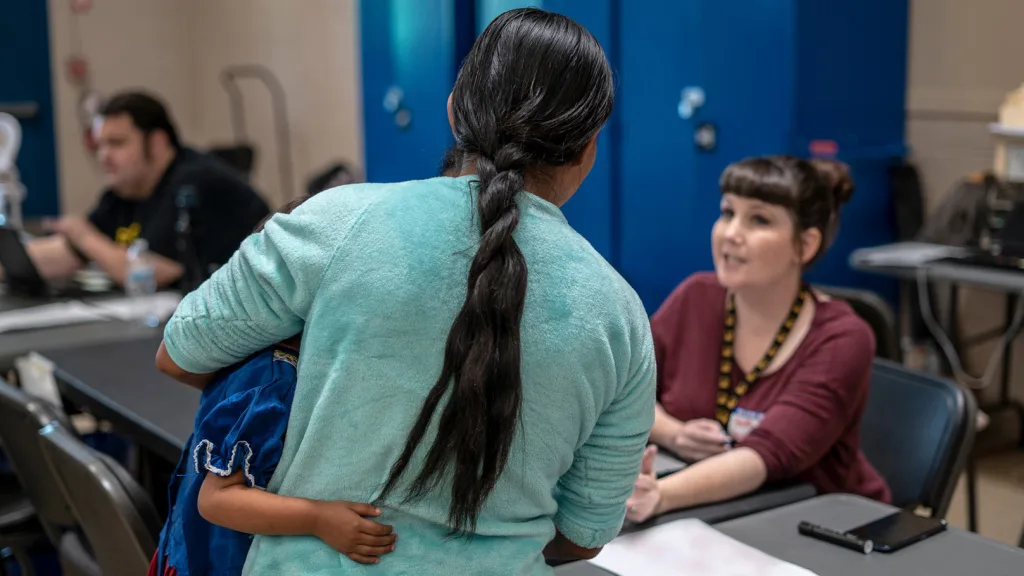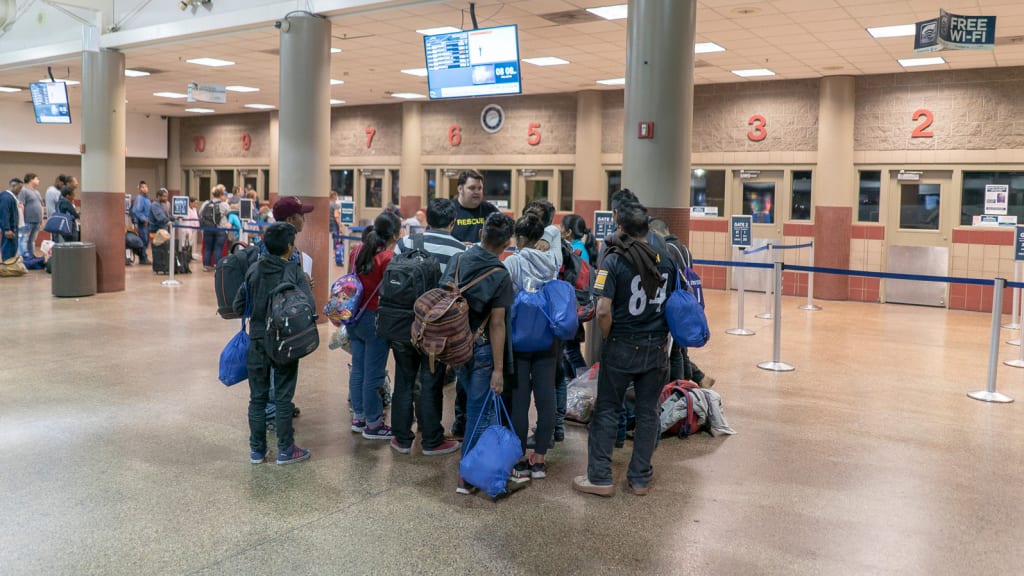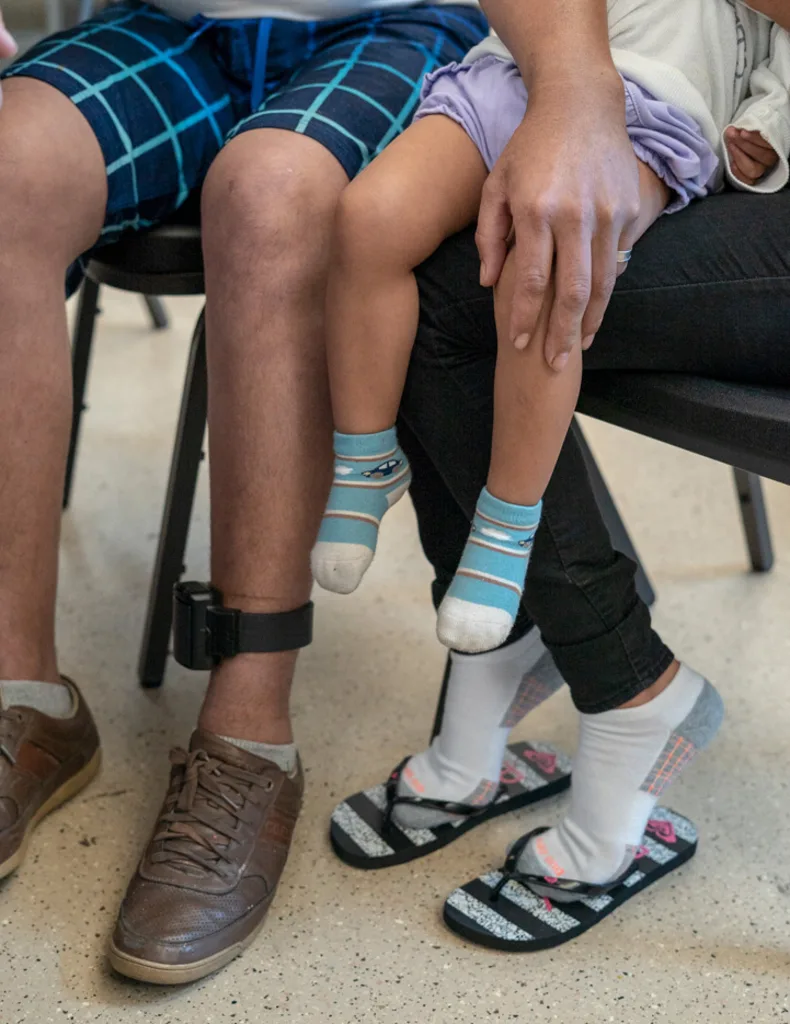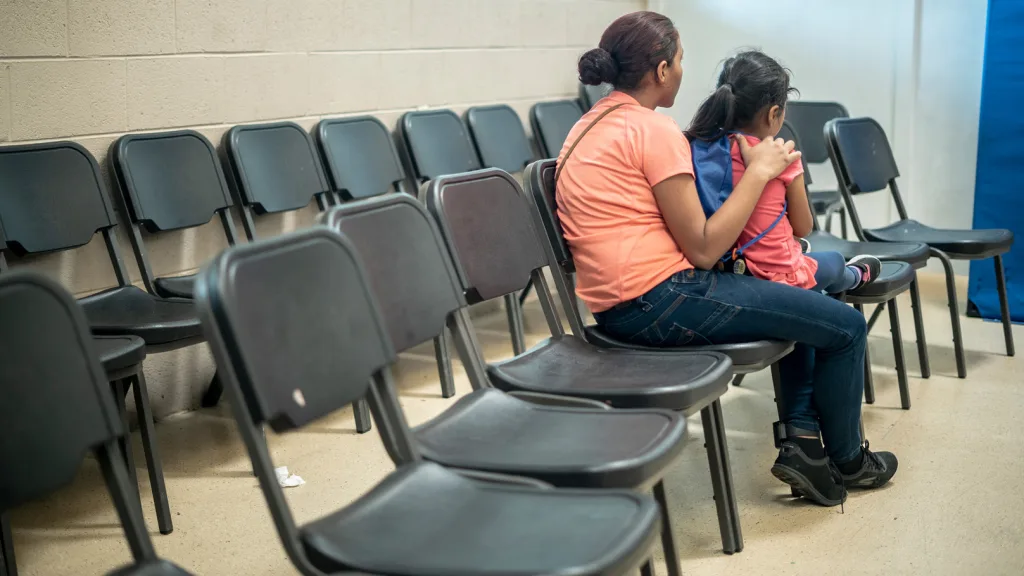Until recently, Dalia Al-Awqati was working as an emergency responder on the Ebola crisis in the Congo for the International Rescue Committee, the global humanitarian aid organization. But in April, the organization sent her to Arizona to work with migrants crossing the border from Central America. It’s the first time in the IRC’s 86-year history that it has launched an emergency response in the United States.
“We felt clearly that we had an asylum crisis on the border,” says Ellen Beattie, senior director of the IRC’s U.S. response. The organization first started working at the border after the Trump administration instituted its zero-tolerance policy in 2018 and began prosecuting everyone who crossed the border and separating parents from children. It worked with other nonprofits to help reunite families. But as the flow of asylum-seekers across the border increased early this year–with some people fleeing gang violence in El Salvador, Honduras, or Guatemala, which rank among the most violent countries in the world–it realized that it needed to do more for these people who are in the country waiting for a decision on their asylum application, often without any resources. In March, it opened a day shelter in Phoenix.
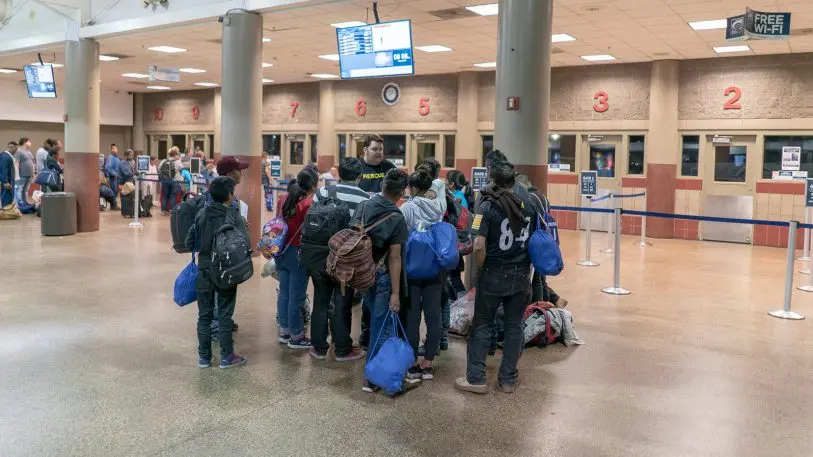
“ICE just started dropping people off on the streets without connecting to any church or any organization, and overflowing the bus station,” she says. “Greyhound started saying if you don’t have a ticket, you can’t be in the terminal. There started to be just hundreds of families on the streets. And so that’s when we realized we needed to create greater capacity in the city to receive them.”
At the day shelter, the team welcomes new arrivals, asks if they have any immediate medical needs, provides basic supplies like food and change of clothes, and helps travelers prepare for the next stage of their journey by calling the family members or friends who plan to sponsor them and asking them to buy a bus or plane ticket. They also give the new arrivals some instructions on what will happen next–from how asylum-seekers will navigate their trip–which might involve multiple bus transfers and hours in a bus station in the middle of the night–to how they’ll check in with the local immigration office when they arrive.
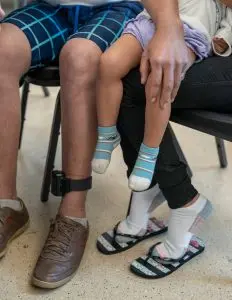
The whole interaction often lasts only 24 hours, which is fundamentally different from the IRC’s typical work in other countries, or in other cities in the U.S. where it works with refugees who are beginning their lives in the U.S. “It’s such a short period of time,” says Al-Awqati. “The question that I always have to ask myself is, how do we make the most use of that time?” Some of the work that the organization has used in other countries is now replicated in Arizona. With children, for example, the team uses a method of play that it developed in countries like Syria to help kids combat trauma.
The work, along with other nonprofits, is helping fill a gap in the immigration system. Beattie argues that the U.S. needs to shift to a different approach for processing people who are seeking asylum, as other countries have. “There’s no reason we have to detain people that are seeking asylum,” she says. “We can process them without ever detaining them. Right now they put them in these awful detention facilities for several days in a row.” The government should also better coordinate with humanitarian agencies now, she says. After the day shelter was set up in Phoenix, the Border Patrol started dropping off families in smaller cities like Yuma, Arizona, where there are fewer resources (the administration is now also having some applicants wait in Mexico while their claims are processed).
An expanded border wall is unlikely to slow the number of arrivals, since immigrants seeking asylum can also show up at official border crossings. But different policies might help manage it in a safer and more organized way, like a program that the Trump administration canceled that allowed unaccompanied minors to apply for asylum before leaving their home countries. More investment in Central American countries, whether in programs to reduce violence or mitigate the impacts of climate change, could also help some immigrants decide not to leave. (The administration plans to cut aid instead.) “We’re quite certain–we see this anywhere we work–that if the conditions of safety were better, people would not be fleeing,” says Beattie. “Certainly not with their small children.”
Recognize your brand’s excellence by applying to this year’s Brands That Matter Awards before the early-rate deadline, May 3.

